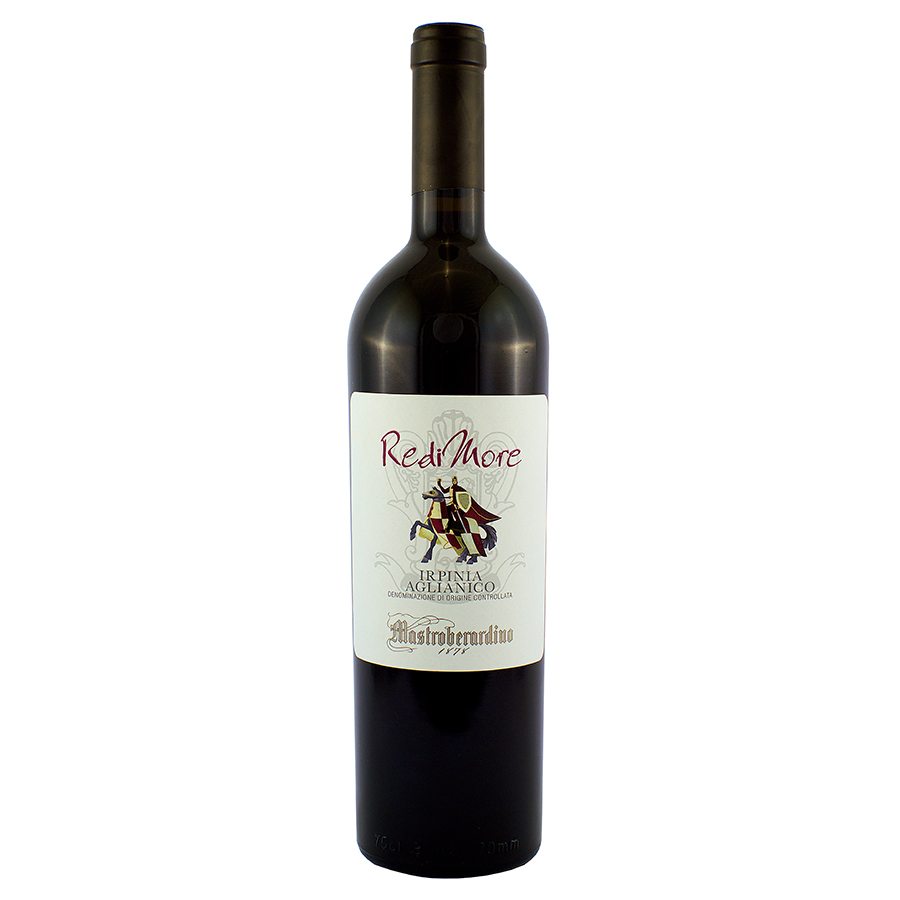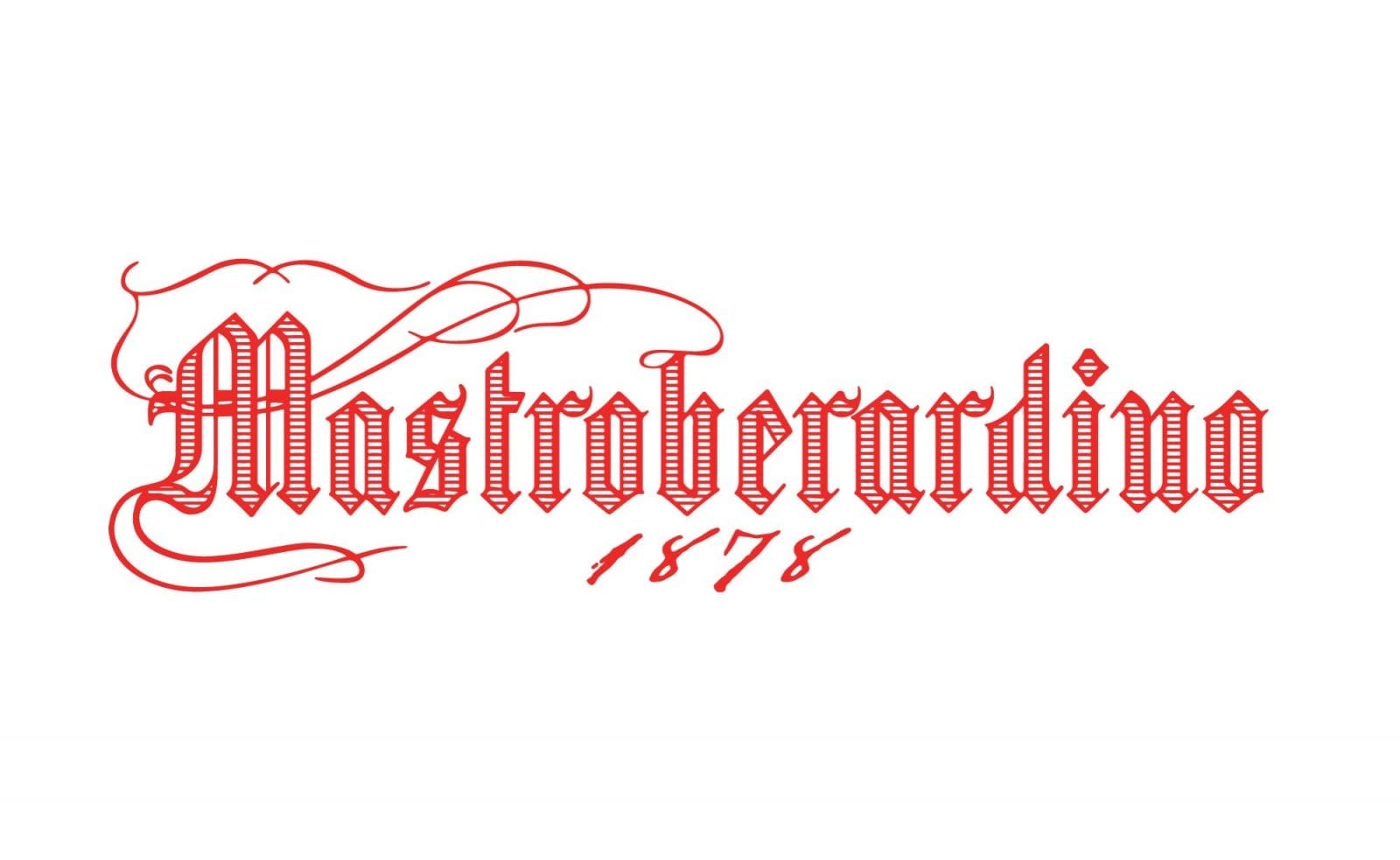“…deep and brooding in colour, with a lifted floral perfume…”
“Made with fruit from a single vineyard of Antonio Mastroberardino’s pre-phylloxera clone vines on the Mirabella estate, Piero Mastroberardino calls this wine a ‘baby’ Radici. Matured in small oak barrels, deep and brooding in colour, with a lifted floral perfume and hints of spice on the nose. Retains the classic Aglianico lightness on the finish. Drinking Window 2020 – 2030.”
Andy Howard MW, Decanter, April 2020
“…beautifully vibrant…”
“Twenty years ago, Mastroberardino started propagating cuttings from their oldest, pre-phylloxera aglianico vines (“My father was looking for small bunches with the aromatic flavour he remembered from his childhood,” says Piero), and planted them in a new vineyard. This wine is the result: beautifully vibrant young red with plenty of dark spice perfume – cassia, bay, star anise – bold purple fruit and sinewy but supple tannins.”
Max Allen, Australian Financial Review, October 2018
“Susan Hulme MW profiles the best areas and producers of one Italy’s oldest grapes.”
“Aglianico is one of the world’s great grape varieties. It is certainly one of Italy’s three top-quality red grapes, along with Nebbiolo and Sangiovese. If Barolo and Barbaresco, Brunello and Chianti are northern and central Italy’s vinous odes to greatness, then the Aglianico of Taurasi is certainly Italy’s southern counterpart (…). Mastroberardino is historically the most important Taurasi producer, with a family history going back to the mid-1800s – for many years it was the lone defender and champion of Aglianico. ‘Its origins are very ancient,’ explains Piero Mastroberardino, who believes that the introduction of Aglianico to Campania can be traced back to ancient Greek settlements in the south of Italy, in around the 6th or 7th century BC. (…).”
Susan Hulme MW, ‘Aglianico in Campania’, Decanter, January 2018
“(…). Aglianico is an ancient grape, but it has gained the attention of the world only in recent decades as Italy began to realize the great and generous resource it had in its indigenous grapes. Mastroberardino was the pioneering producer, a lonely voice for years championing red grapes like aglianico, and whites like fiano and falanghina, until others began to pay attention. But while the rest of the world is certainly aware of aglianico now, it has been slower to embrace it. Aglianico seems to thrive best in the volcanic soils of southern Italy. In Campania, the greatest aglianicos come from the volcanic hills of Taurasi in the province of Avellino, inland east of Naples. These wines are dense, tannic and concentrated. They may take years to open up, but they can age well for decades. The aglianicos of Taburno, just north of Taurasi, can be gruff and unforgiving in their early years as well. But the aglianicos from the wider region of Irpinia in eastern Campania, which don’t come from as high an elevation, are a little more approachable and easygoing in their early years. (…).”
Eric Asimov, ‘Your Next Lesson: Anglianico’, New York Times, October 2015


